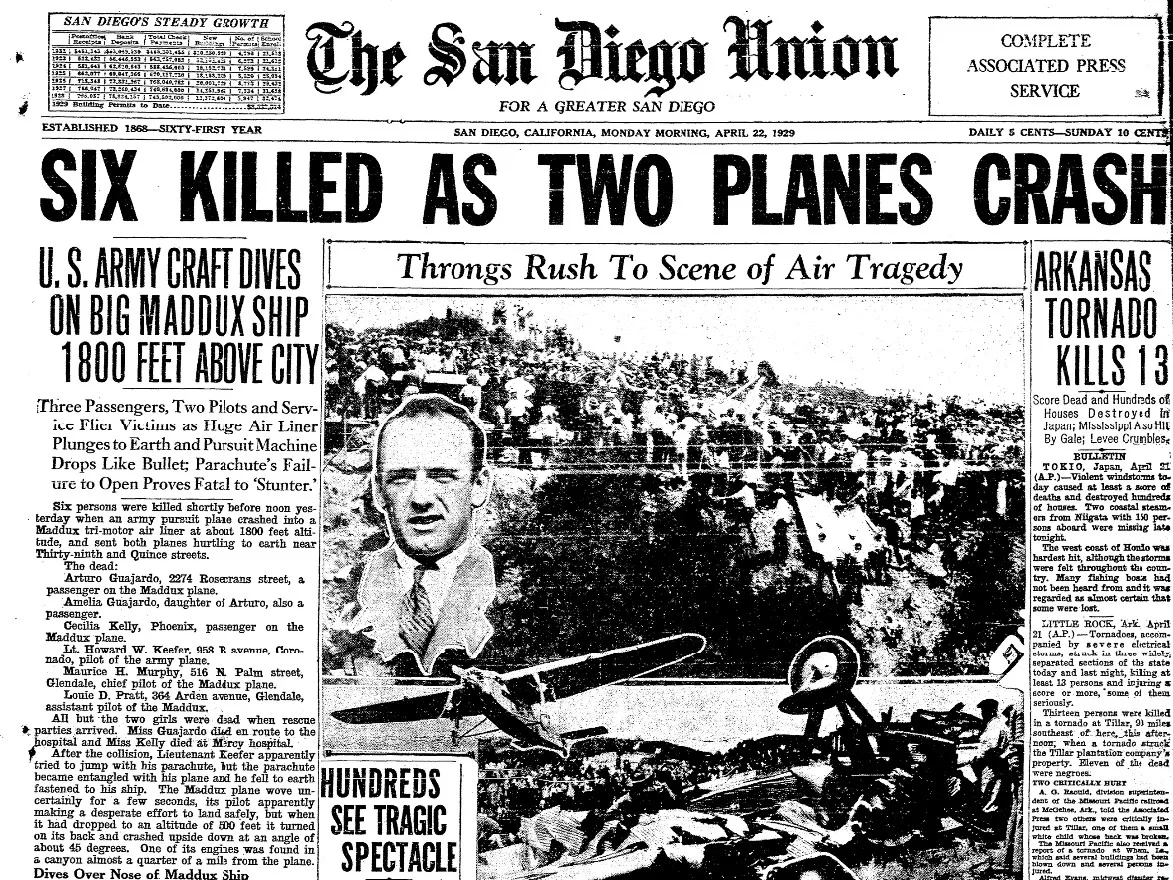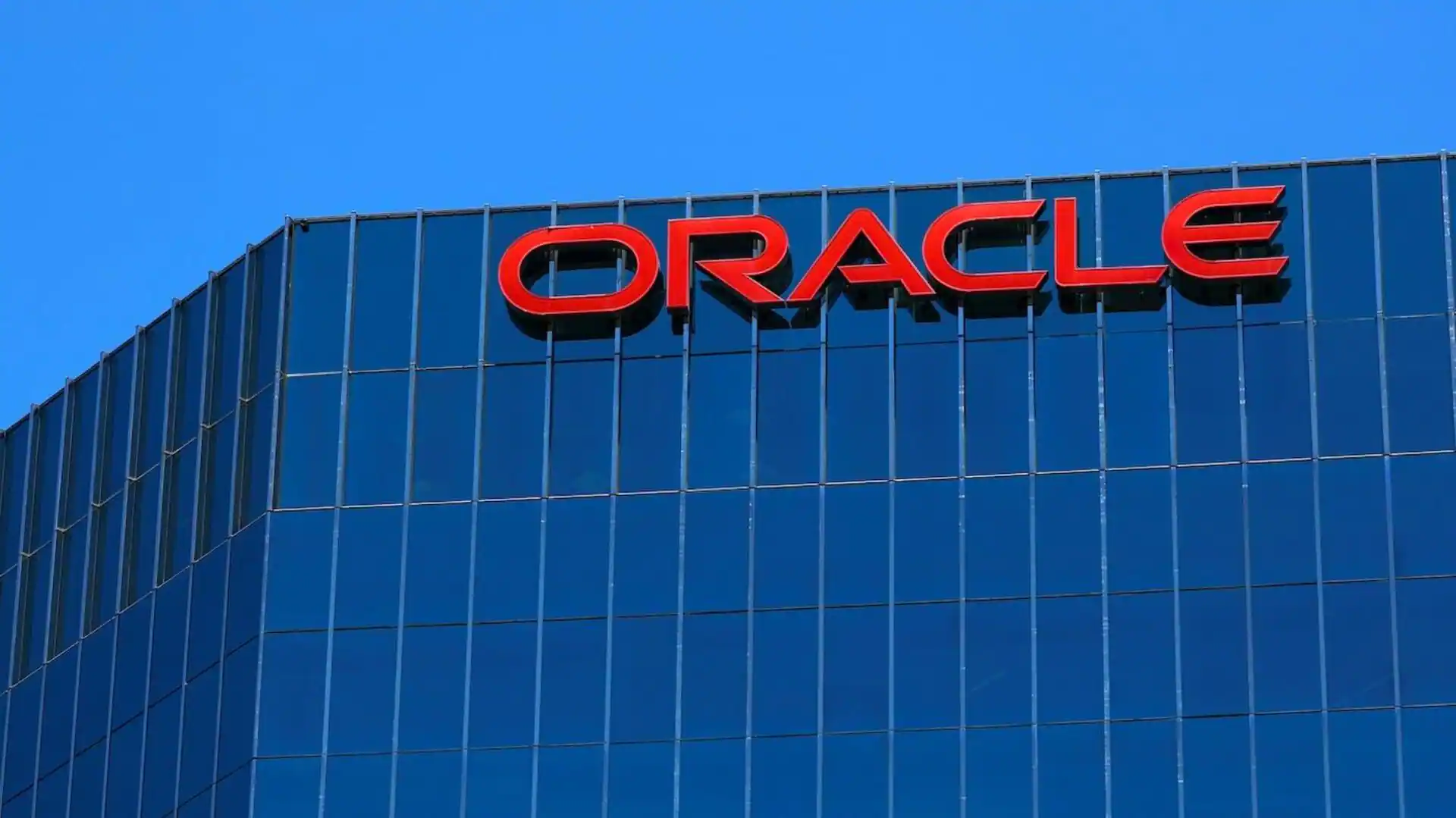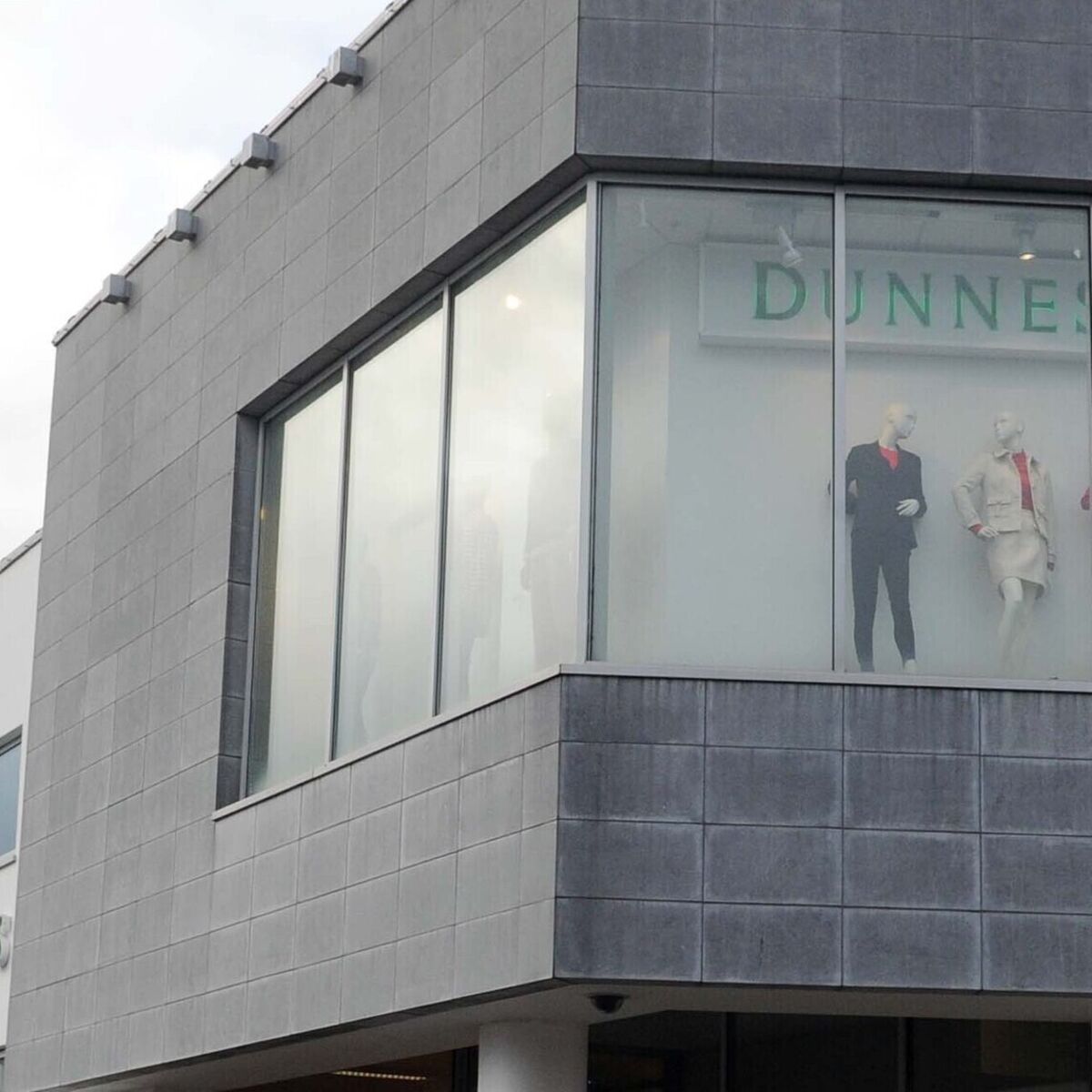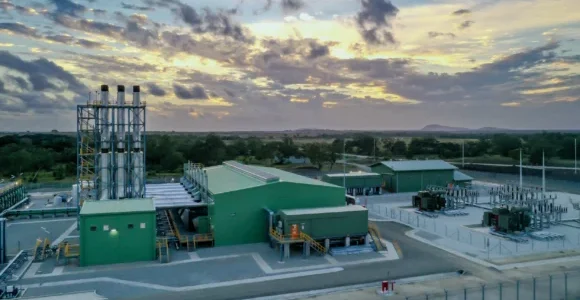By David Smollar
Copyright timesofsandiego

At 9:02 a.m. 47 years ago Thursday, a terrifically hot late September Monday, Pacific Southwest Airlines flight 182 banking steeply over North Park on final approach to Lindbergh Field clipped a four-seat Cessna model 172 on a training flight. The resulting crash killed 137 people in the air and seven on the ground, at the time the nation’s worst air disaster in numbers of deaths.
It remains seared into San Diego’s collective past, symbolized by an iconic photo of the three-engine PSA 727 jet, right wing aflame, plummeting toward homes a block west of I-805 and three blocks south of University Avenue.
Yet long erased from the city’s collective memory is a prior air collision nearly a half-century earlier in 1929 which also exploded in the skies over North Park, less than a mile southeast from the PSA-Cessna mishap, and the nation’s first involving a passenger airliner. That accident received above-the-fold headlines in newspapers nationwide, and consumed the attention of San Diegans for the better part of a week.
By 1978, however, it earned but a single line buried deep in exhaustive local newspaper coverage of the newer tragedy, and today is unknown to all but those who chronicle air disasters.
The April 21, 1929, collision involved military and civilian aircraft. In clear Sunday skies just before noon, the pilot of a U.S. Army pursuit fighter slammed into the cockpit of a Ford Tri-Motor passenger liner of Maddux Airlines on the way to El Centro and Phoenix. The aftermath sent both planes spiraling 2,000 feet into the finger ravines of Wabash Canyon, close to today’s east shoulder of northbound I-15 just past its interchange with the 805.
Hundreds of residents on their way home from church services heard the crumpling sound as the crafts collided, and looked up in horror to see the Army pilot in his parachute dangling helplessly from a tumbling wing and the Ford liner cut in two and spiraling sharply out of control.
Numerous bystanders rushed into the sagebrush around 39th and Quince streets, only to be confronted by the decapitated body of the Maddux copilot. He and three of five occupants in the Maddux plane were dead on impact. Two passengers momentarily survived, but one died at the scene and the second during transport to Mercy Hospital.
In the 1978 disaster, assessment of blame took the National Transportation Safety Board some five months, when its report concluded that the PSA pilots failed to maintain visual separation under the see-and-be-seen rules they were using. Federal safety officials also changed air traffic procedures to put all craft under mandatory radar control and regulate their entry into a designated airspace around the airport.
In contrast, blame for the 1929 collision came within a few hours after it happened. Many residents looking up at the sky prior to the accident told the first investigators to the scene that the Army fighter was “stunting,” flying loops and rolls around the larger, slower airliner moments before impact.
The airliner had taken off from Ryan Field (the site today is the Midway Drive/Rosecrans Street intersection). As it climbed over Balboa Park, the Maddux tri-motor was overtaken by the military plane which had left the Army’s Rockwell Field, on the southern half of North Island, for a practice flight. A golfer on the 10th green at the municipal course bordering North Park’s western fringe, John Snyder, said the planes were so close that he thought they were flying in formation until realizing that the Army craft was performing aerobatics around the airliner.
By mid-afternoon Sunday, Army pilot 2nd Lt. Howard Keefer had been fingered for the tragedy by the San Diego Board of Air Control. Its president, J. Allison Moore, issued a definitive statement: “This board made a thorough investigation and there is nothing mysterious about [the accident] as intimated by some…The stunting of Lieut. Keefer was an open and wanton violation of the San Diego air traffic rules as well as the [U.S.] Department of Commerce rules which forbid two planes passing closer together than 300 feet and also forbid stunting in the air-traffic lanes of commerce.
“Lieut. Keefer evidently saw a chance to give the occupants in the Maddux a thrill, as other flyers have done, and he had no business close to the big plane. It was just a plain case of him misjudging his distance and hitting the Maddux plane with his own. The pilot of the Ford plane appeared to be fighting his controls until the last in an effort to bring the big ship safely down.”
The Los Angeles-based airline’s owner, J.J. Maddux, issued a harsh condemnation Sunday afternoon as well. “Thre is no doubt in my mind that the crash was entirely the fault of the pilot stunting above our plane as it took off from San Diego.” He went on, “Ever since we have been flying [from San Diego], government pilots have been bothering us and frightening our passengers, and we have received many complaints about their actions.
“I have taken the matter up with the government many times, but because of red tape and other reasons we have never been able to remedy the situation…it is virtually impossible [for our pilots] to obtain the number of the plane [while in the air] and that is one thing the government always demands.”
On Monday, investigators searching the wreckage found notes that passenger and Phoenix newspaper reporter Ceclia Kelly had made after takeoff, which confirmed the descriptions from eyewitnesses about the Army pilot’s maneuvers. While her paper was torn and singed, the words “army plane stunting” could be gleaned from Kelly’s writings.
Stung by the Board of Air Control report and the charge from Maddux linking aerobatics to all military pilots, a Navy admiral eager to distinguish his fliers from their Army counterparts said that “all Navy pilots have strict instructions to keep clear of commercial planes” and firmly denied that they stunted around airliners. A spokesman for the Army promised its pilots would be reminded of local and federal regulations prohibiting aerial hi-jinks near airports and around commercial craft.
Late Wednesday afternoon, a special County Coroner’s inquest concluded, based on the location of paint residue, that the Army plane had struck the cockpit of the Maddux airliner from above as it neared completion of what was apparently a “combination wing-over and loop around the plane.” The report said that Lieut. Keefer misjudged his speed and crashed head-on as he was about to dive under the larger craft. The impact tore loose a blade from the Maddux nose propeller and thrust it up against the left wing, severing it.
Ironically, the Maddux pilot, Maurice Murphy, was a World War I Army ace and former movie stunt pilot who had earned the nickname “ Loop-the-Loop” Murphy for flying one time the entire distance from San Francisco to Los Angeles while doing continuous loops and spirals. And poignantly, he belonged to the Caterpillars’ Club, whose pilot members had lived through close calls in the air but continued to fly. Murphy had survived a head-on crash with a plane over Oakland, parachuting to safety from his smashed cockpit.
A third investigation headed by the Army and Commerce Department held hearings on Thursday and Friday at Rockwell Field. While its conclusions were never made public, the chief inspector of the Commerce Department’s Aeronautics Branch, Walter Parkin, testified at the time, “It was clear that there was no structural failure of any kind, that the entire blame probably will be charged to failure of the human element to function properly.”
Some 50 years later, the accident had been all but forgotten when “failure of the human element” reared again to render another distressing mark to the city’s aerospace record. With a potent photo this time to remind us, that incident continues to resonate with each September 25th anniversary.
David Smollar is a former Los Angeles Times staff writer. He lives in Tierrasanta.



